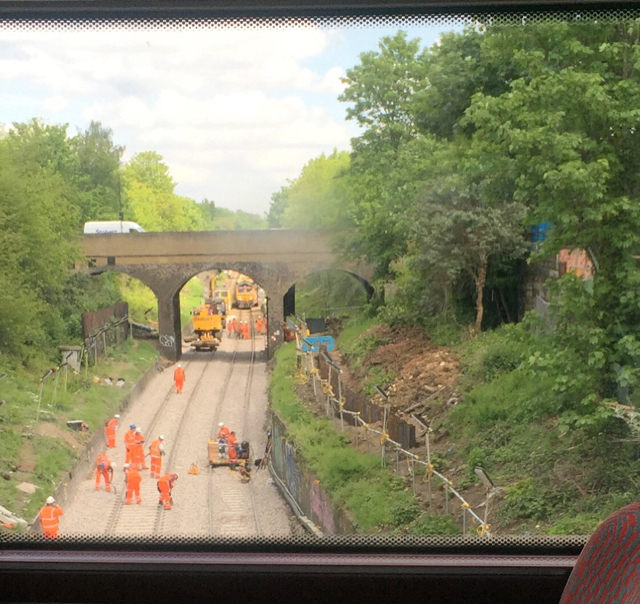furnessvale
Established Member
- Joined
- 14 Jul 2015
- Messages
- 4,595
A misleading figure, I suspect, which doesn't take into account diesels being left for hours to thrum away in circumstances that a lorry would just be switched off, or locos for a trip working across London being sent down light engine from Doncaster or wherever because that's the most convenient point for the operator to run it from.
An average is an average. Presumably when running freely on the main line a loco turns out even better figures, only dragged down by such empty running.
Are you under the mistaken impression that HGVs run loaded ALL the time. AIUI, the average load factor of an HGV is little over 50%.
--- old post above --- --- new post below ---
One day the focus will switch to freight trains, and the fact that they could complete their transit through the Greater London Area under electric power would not escape the attention of pressure groups with public health in mind.
Given the life expectancy of modern locos, perhaps it is time for an enterprising FOC to look at repackaging the 66 chassis into an electro-diesel or even a straight electric?


